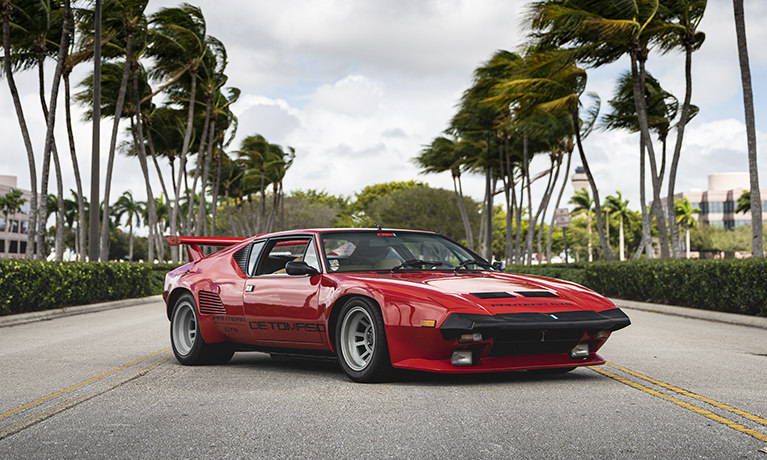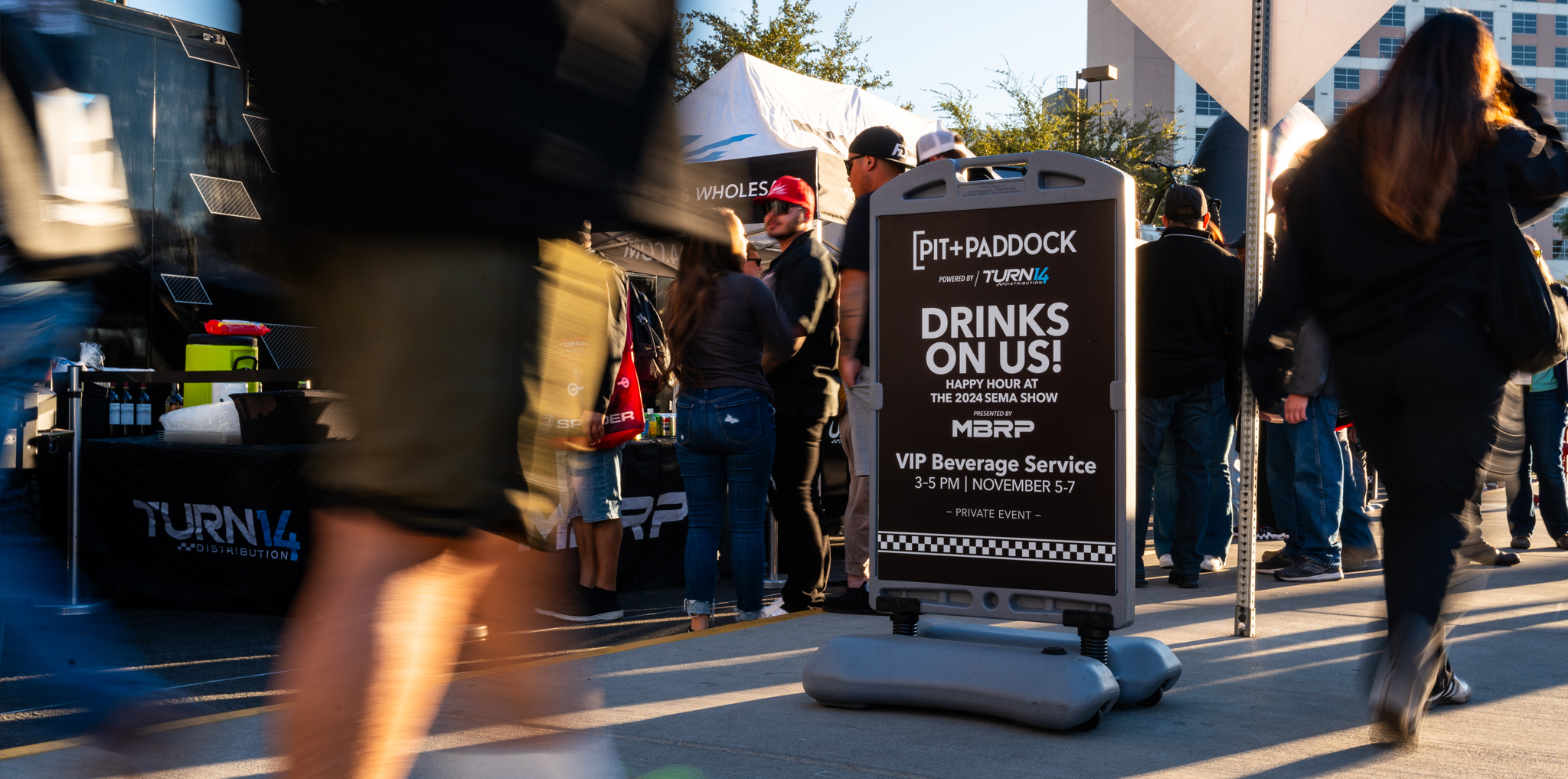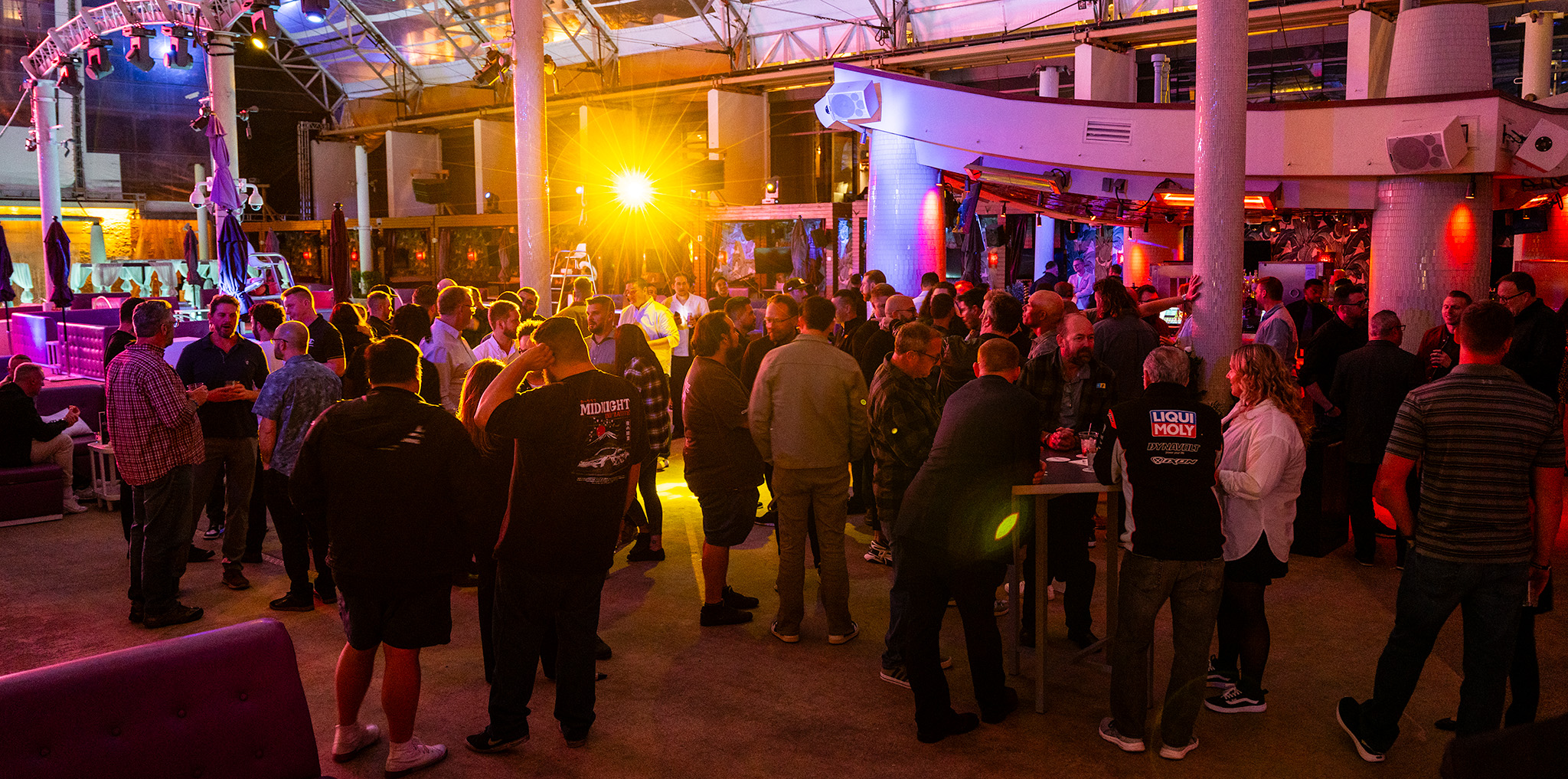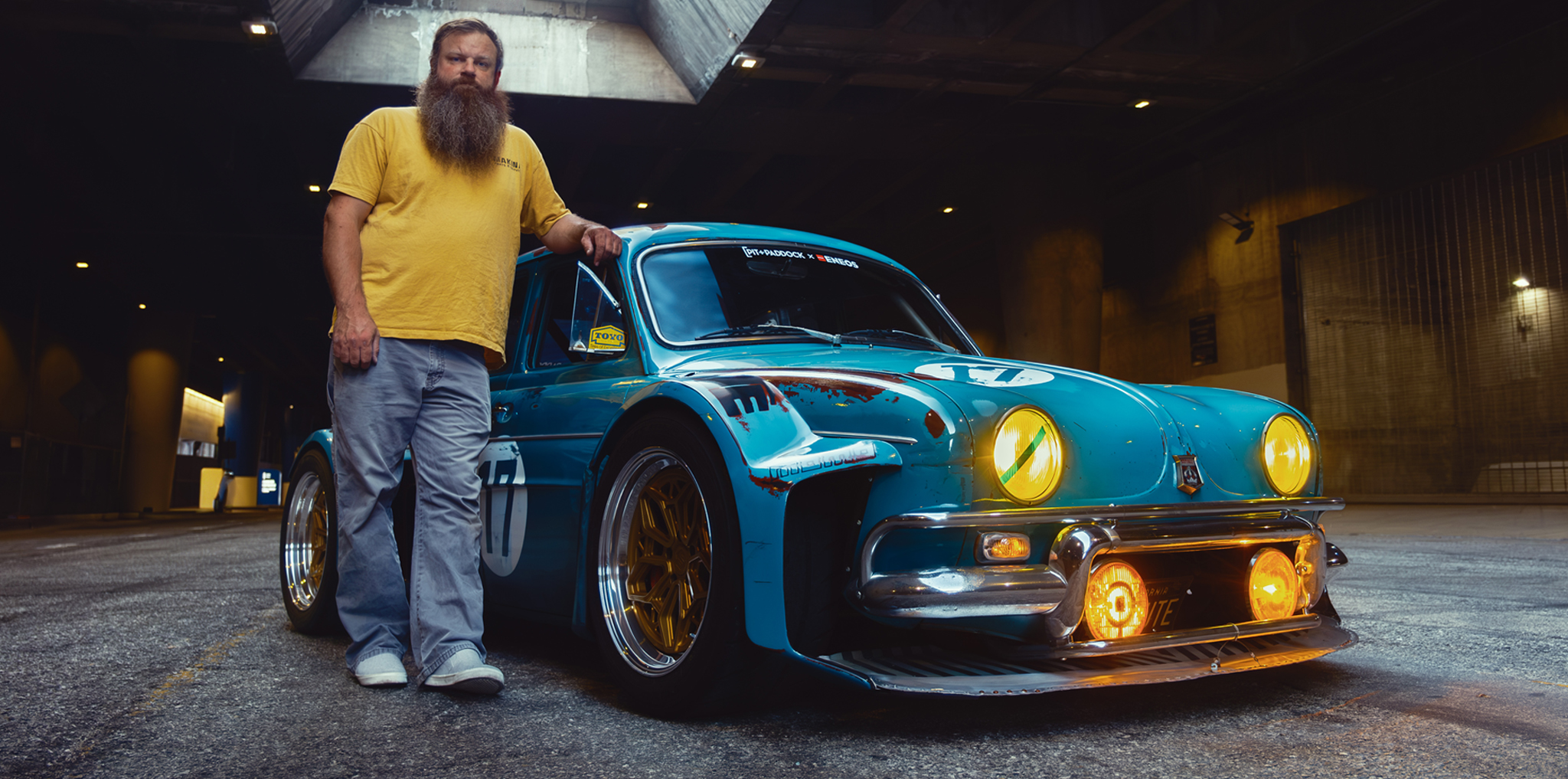It’s Italian, it’s Argentine, and it’s American — there’s a delicious combination. The De Tomaso Pantera is a beautiful combination of cultures, influences, and design. There aren’t many cars that fit the bill of this melting pot vehicle, but that’s what makes it even more special. When Drew Manley had the opportunity to shoot photos of this extremely rare, shining example on the lot at RMC Miami, we couldn’t turn it down because, well, look at it!
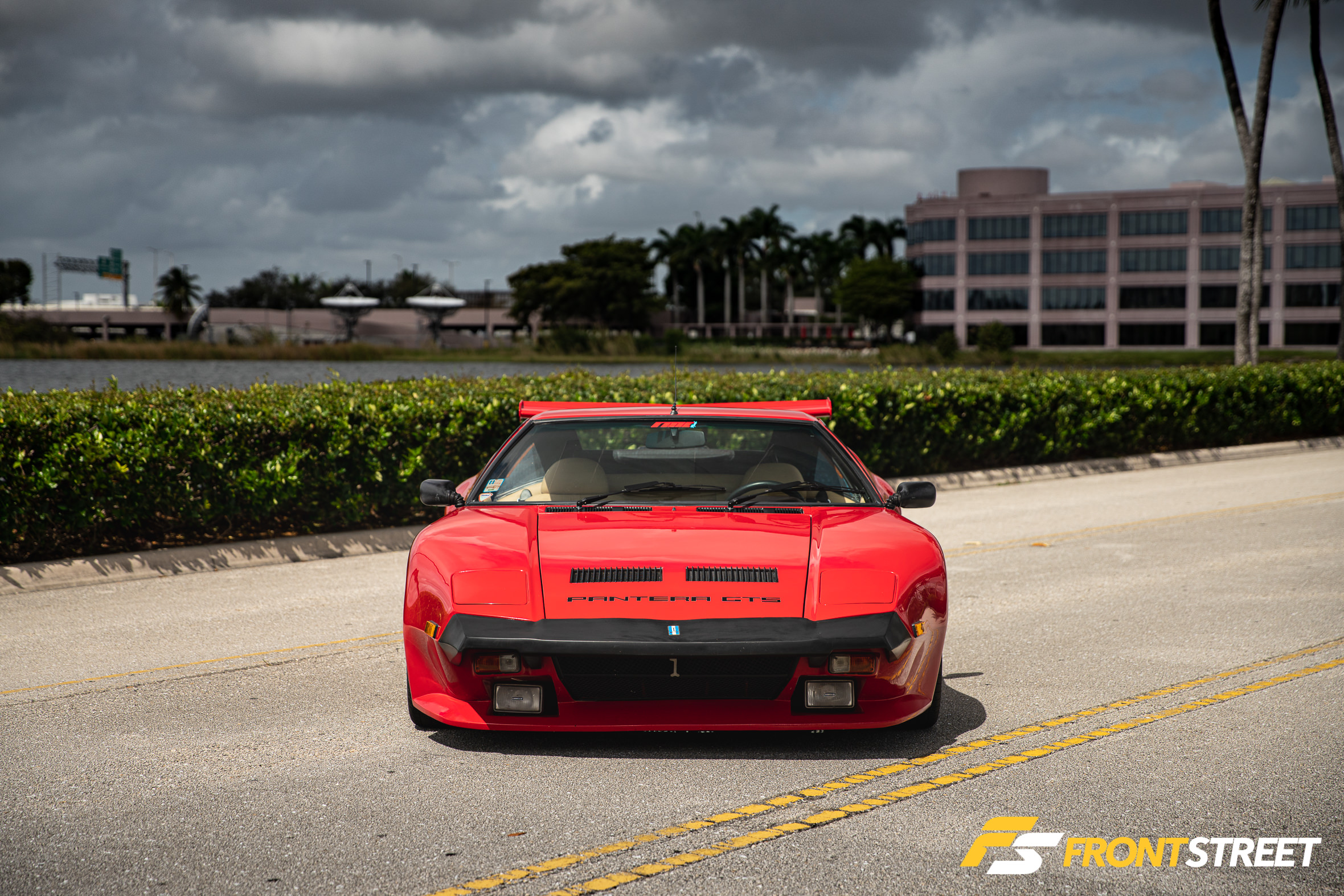

Said to have only produced a little over 7,200 Pantera examples in total, the cars aren’t what I’d call typical. So, what generates all of its influences? Why does it blend different cultures? For this, we have to briefly look a little deeper into De Tomaso as a whole. You see, the car company’s founder was Argentine-born Alejandro de Tomaso. He moved to Italy in his twenties. He began racing professionally and competed in a few Formula One races, though without any substantial finishes. He started the De Tomaso company in 1959 with the sole intention of building racing chassis and even developed a few for the Williams F1 team. As the company grew, it began creating sports cars, and after making two designs early on, the Pantera was born in 1971.
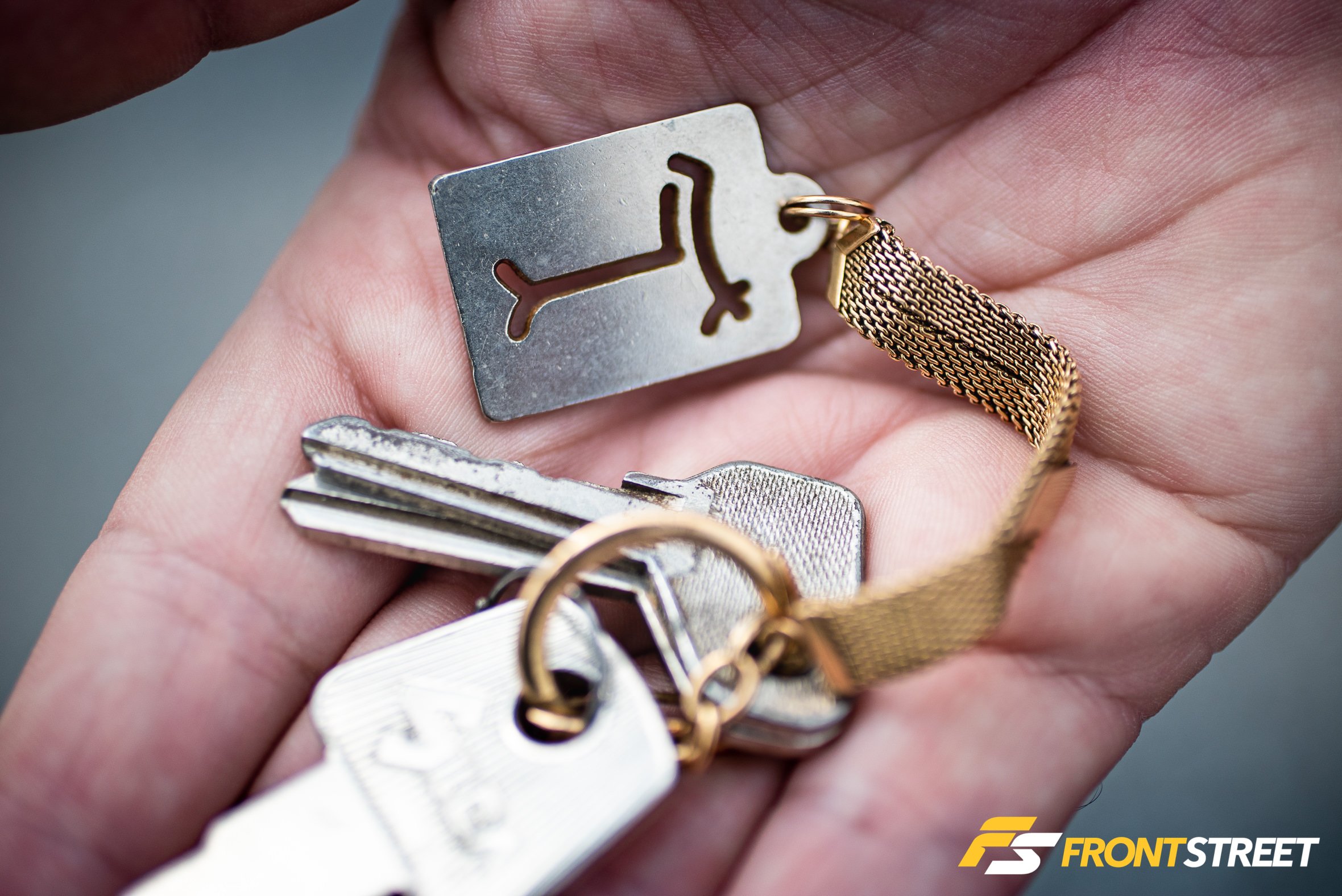
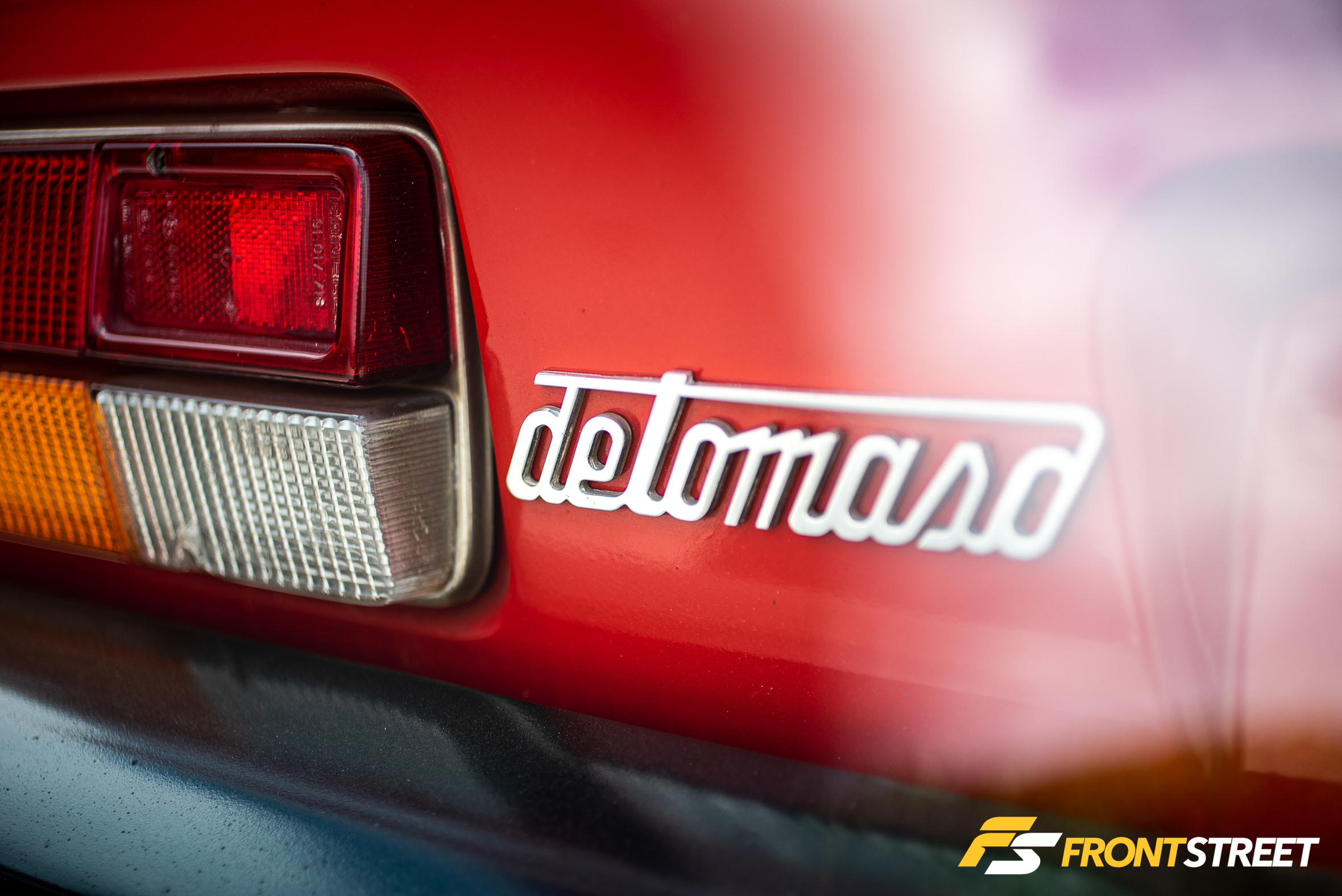

An American designer named Tom Tjaarda, working at the Italian coachbuilder, Ghia, is responsible for devising the vehicle’s incredible low, wide wedge-based shape. I think it’s this combination of origins that sets the Pantera apart from other cars of the same era. Being dreamt up by an Argentine racing driver and designed by a talented American, both of whom were living in Italy, is a recipe for success.

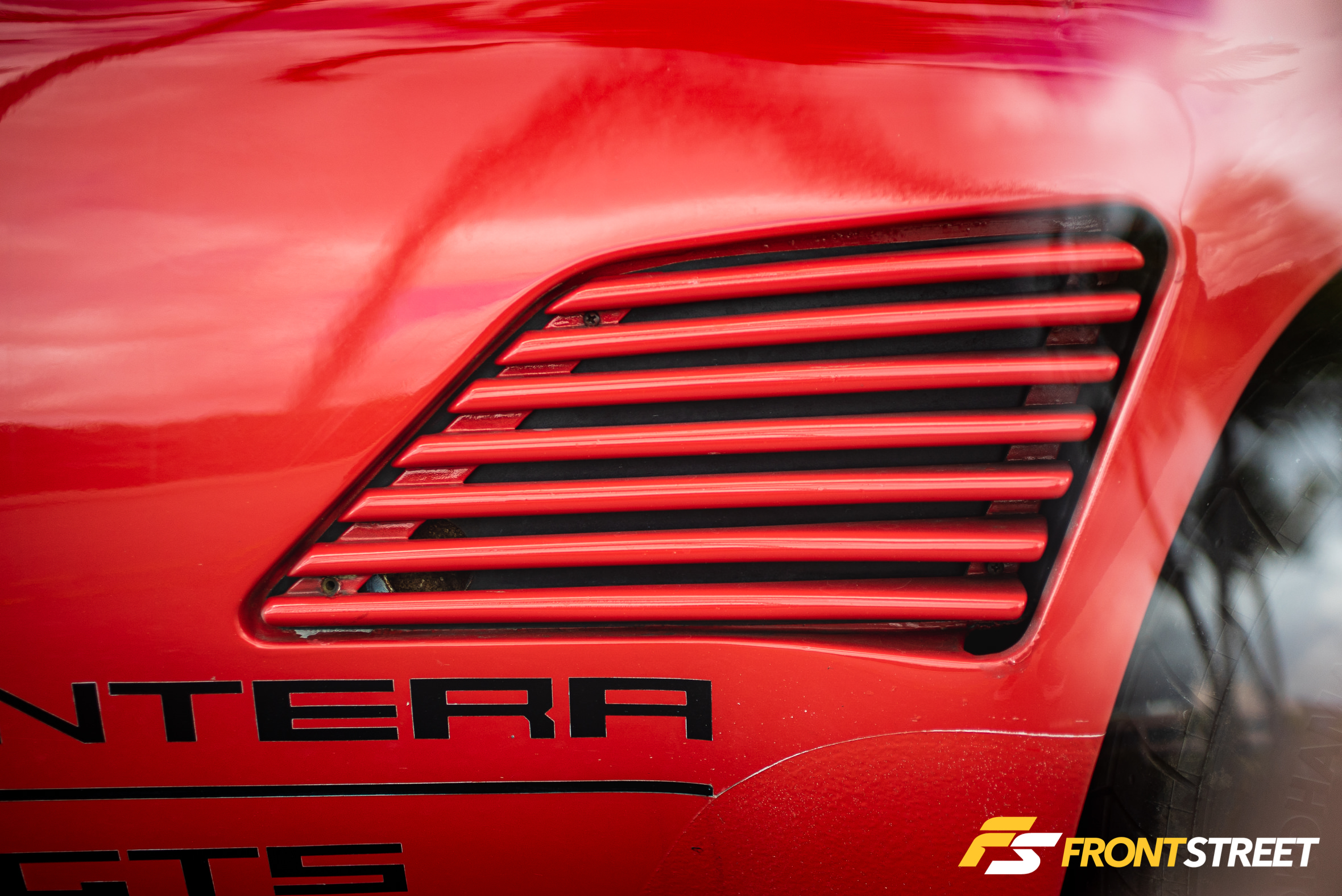
Through a partnership with Ford, De Tomaso equipped the Pantera with a 5.8-liter 351 Clevland V8 engine, which produced around 330 horsepower. Shortly after buying all De Tomaso shares and gaining control of its production process in Modena, Italy, Ford halted its production for the US market in 1973 after making around 6,000 examples. Undeterred, De Tomaso continued building Panteras for the rest of the world at a much slower rate until 1992 — yes, that’s more than 20 years of production. During that time, the Italian facility churned out more creative submodels, including the subject of today’s article, the GT5-S.
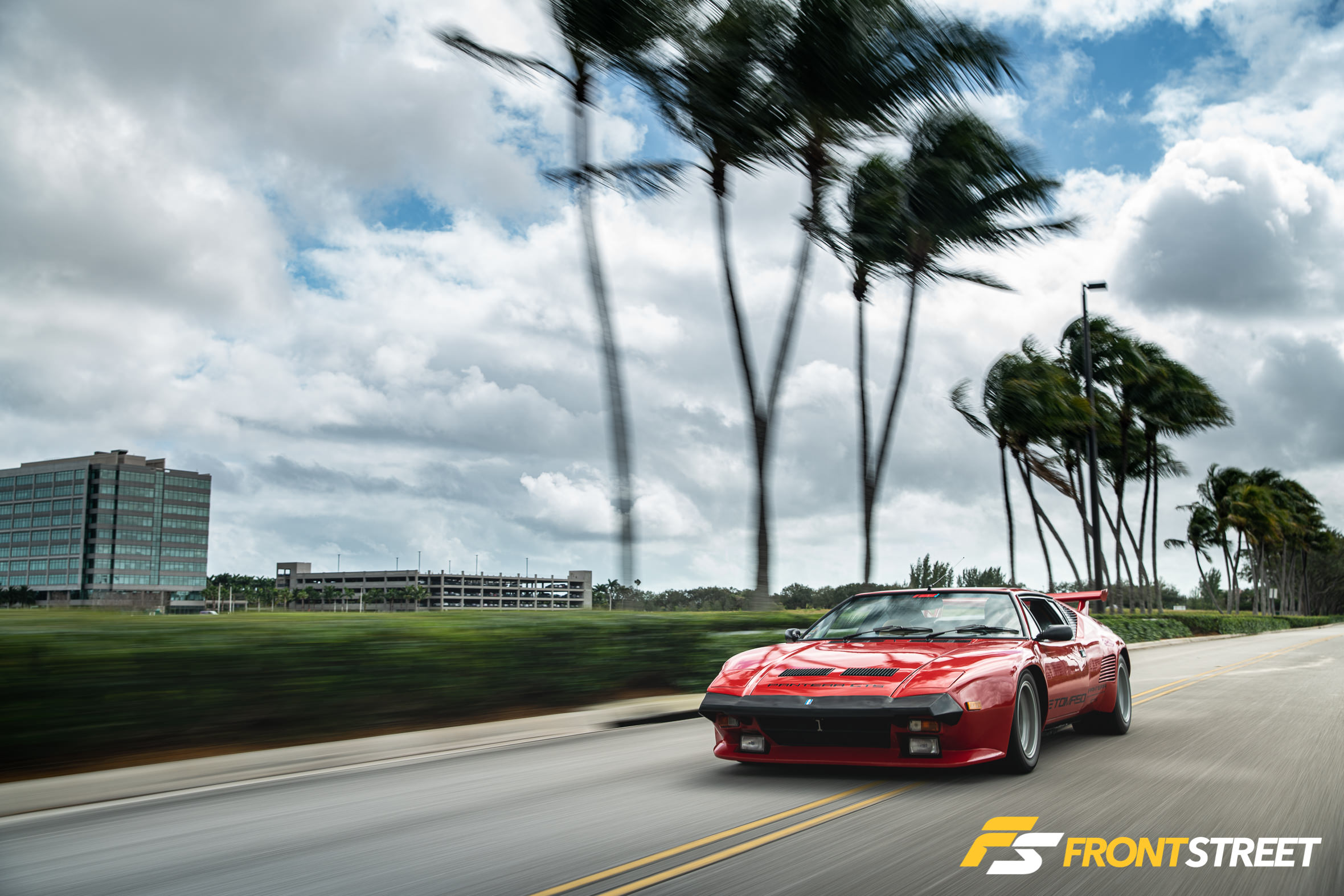
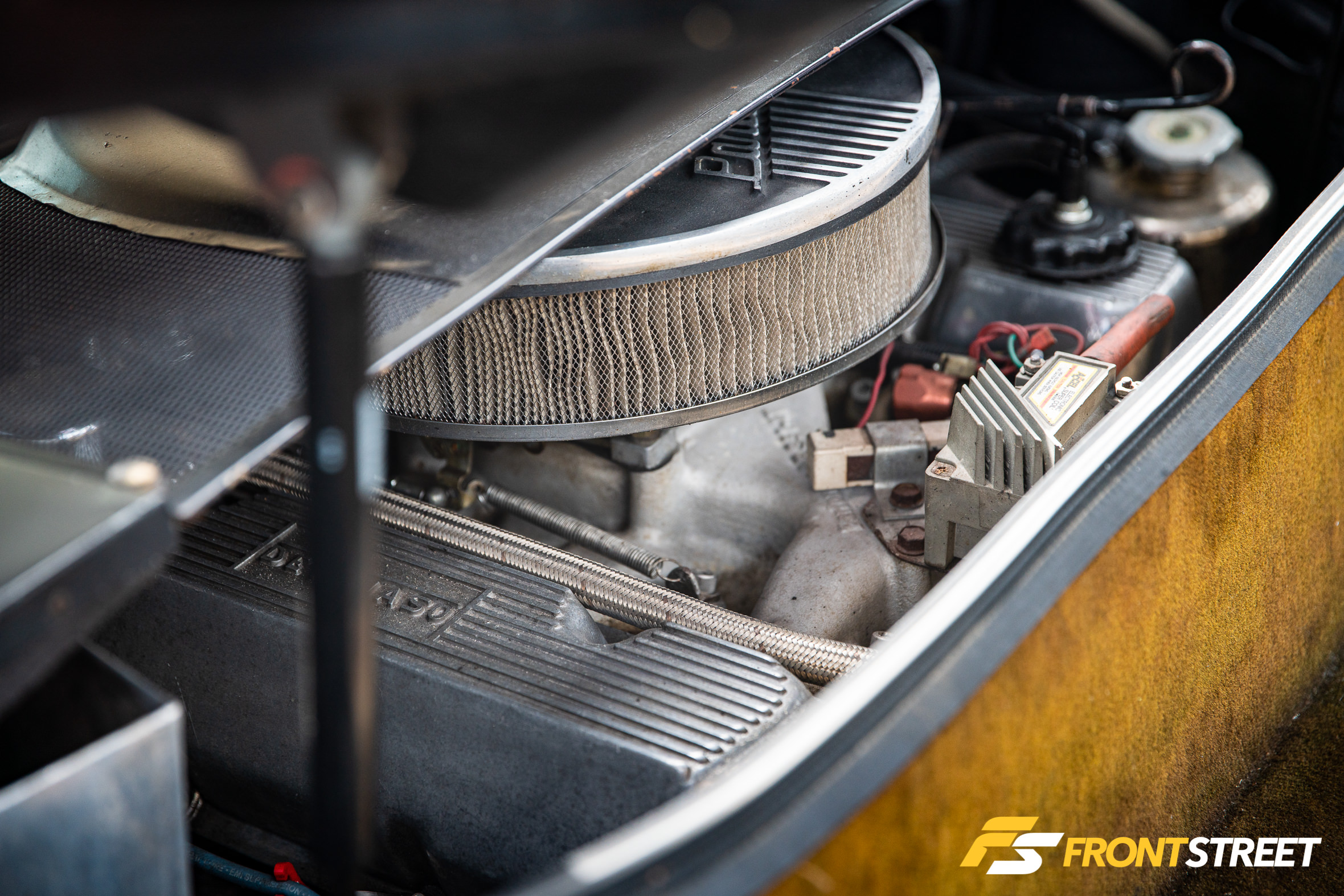
What differentiates the GT5-S from the standard Pantera? Well, starting in 1980, the entire chassis was revamped. As part of the update, the new models were designated as the GT5 and the GT5-S. De Tomaso’s new GT5 utilized rivet-on fiberglass fender extensions, which provided ample room for the addition of larger wheels, tires, and better brakes. While the GT5-S carried the same improvements underneath, the S stood for the newly-incorporated, wider body style formed from steel. The 351 Clevland engines were instead sourced from Australia and tuned in Switzerland to produce upwards of 350 horsepower.
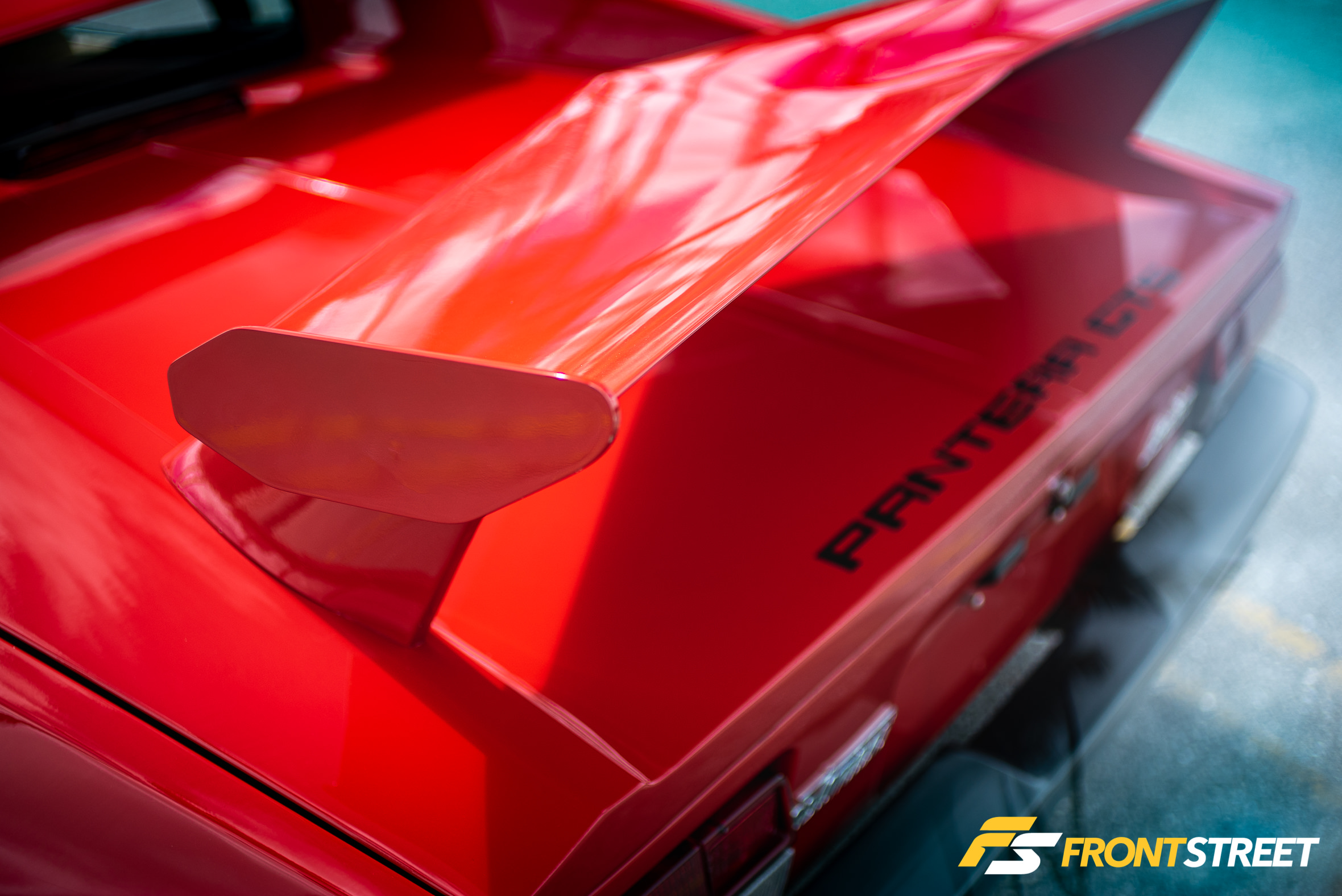
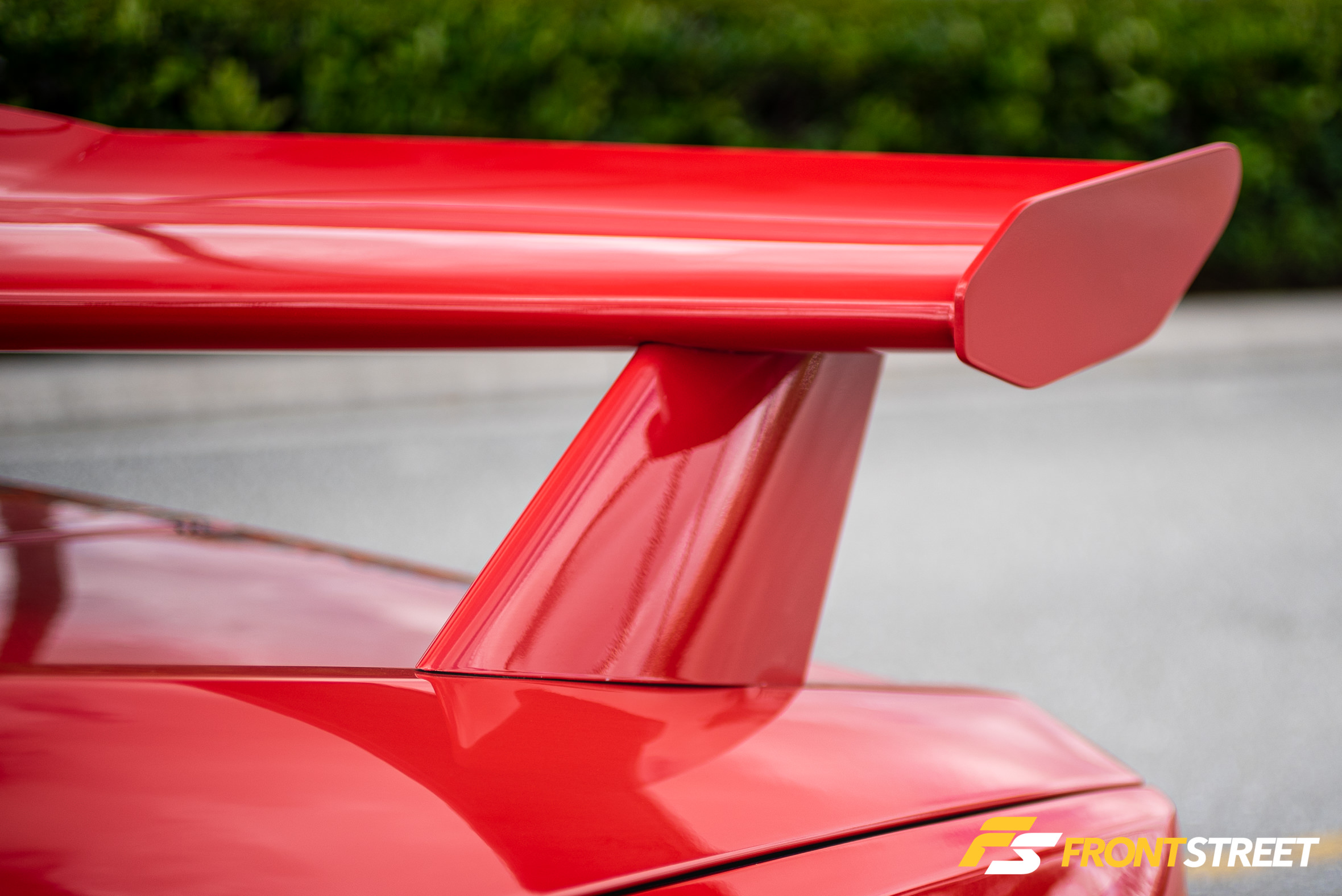
So, now that we know the ins and outs of the Pantera’s history. Let’s discuss this particular example. One of only 181 produced, all of which were during 1986. Its rarity makes it a perfect fit for RMC Miami’s iconic inventory.
“We are constantly looking for amazing cars all over the world. Cars like this one are usually parked in the first owner’s garage. The greatest part of our job is searching for hidden gems,” said Bernard Bohn, Car Curator at RMC Miami.
“The Pantera GT5-S is a very special car. The condition and rarity made it very interesting. It is also an icon of the ’80s.”
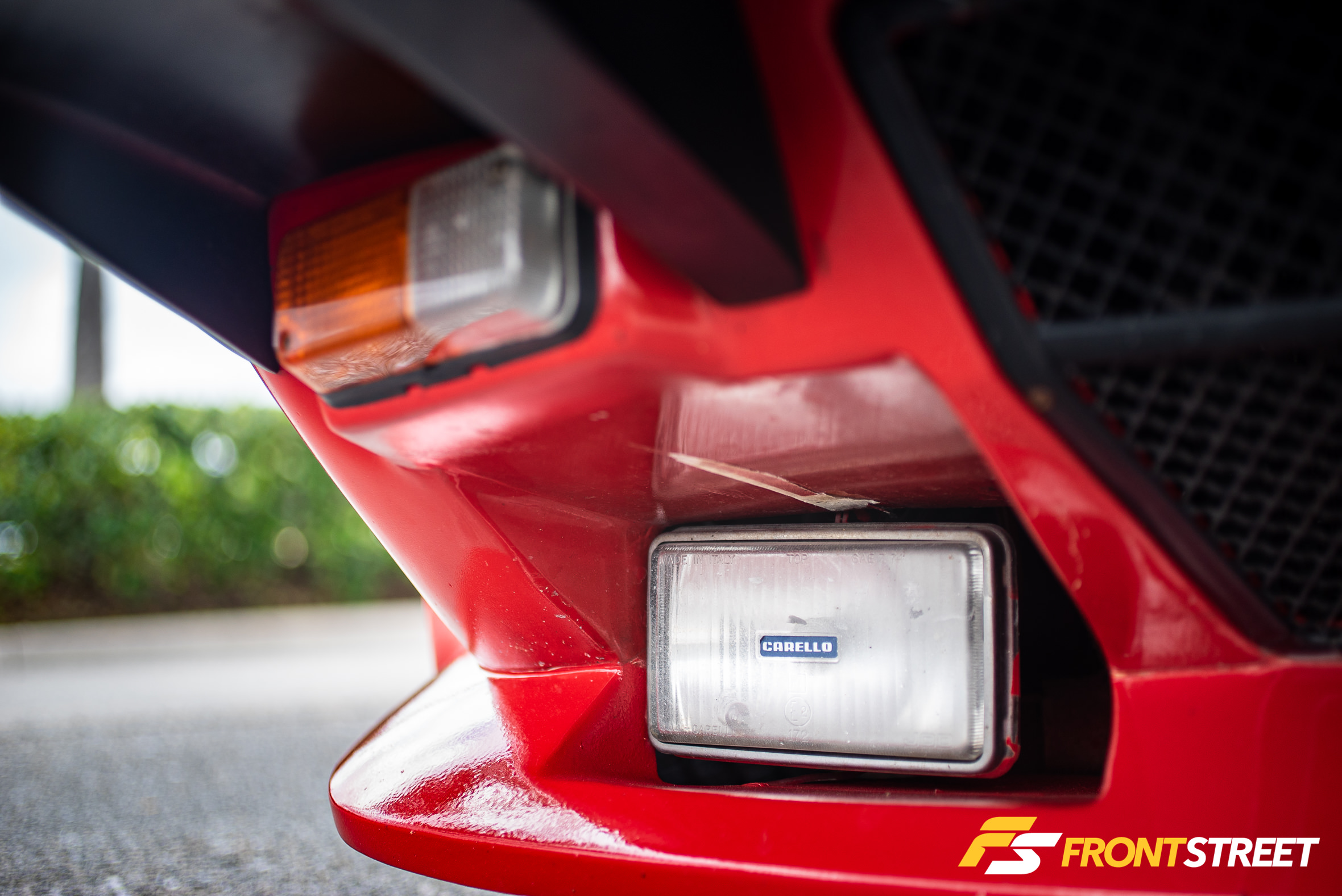
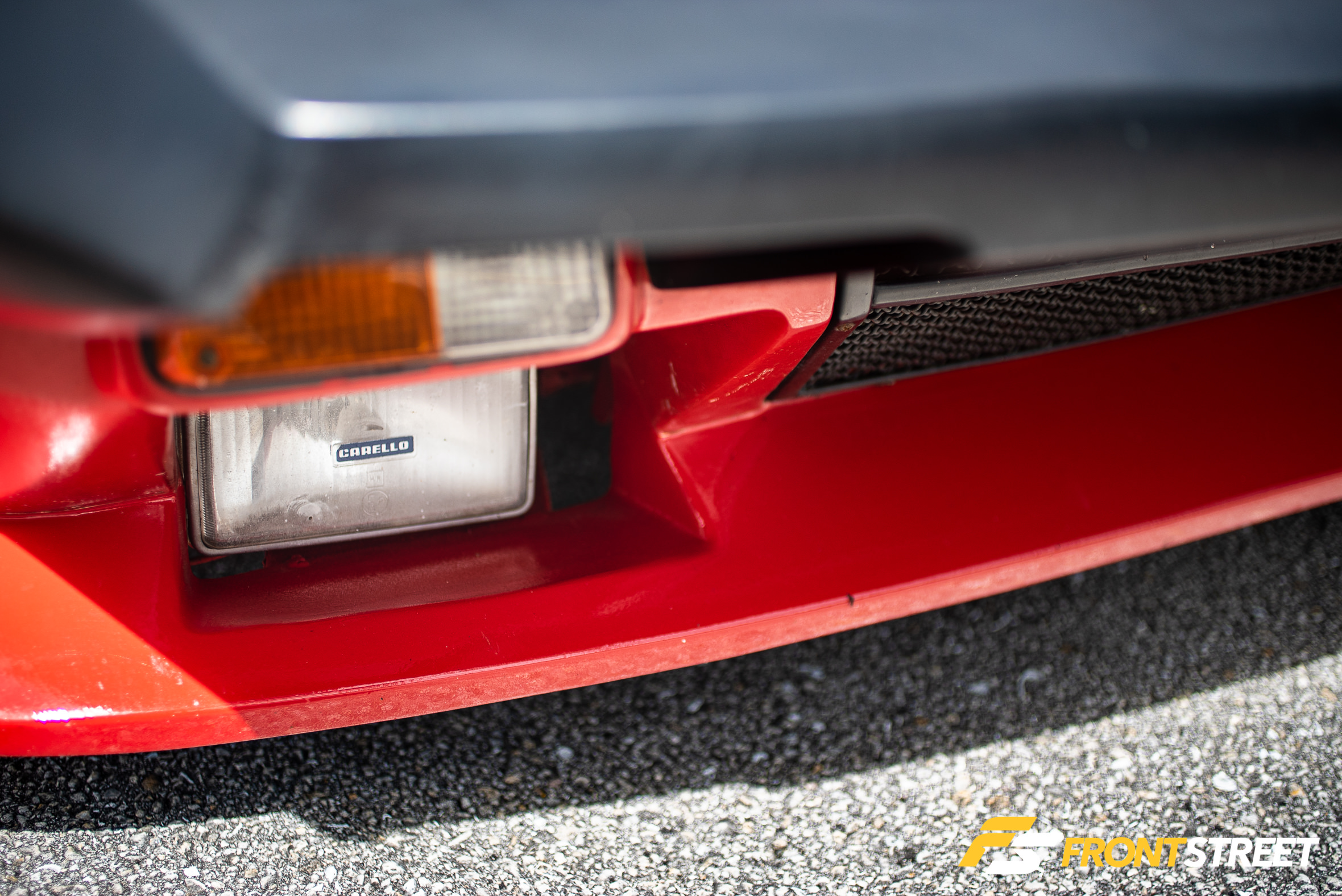
So, why is this GT5-S even more special? It’s a 56,000-mile, one-owner car. It was ordered and purchased brand new in 1986 in Maranello, Italy, where it spent its entire life until earlier this year. The car was never restored. This is the original condition, from the original owner, that maintained it for 34 years.
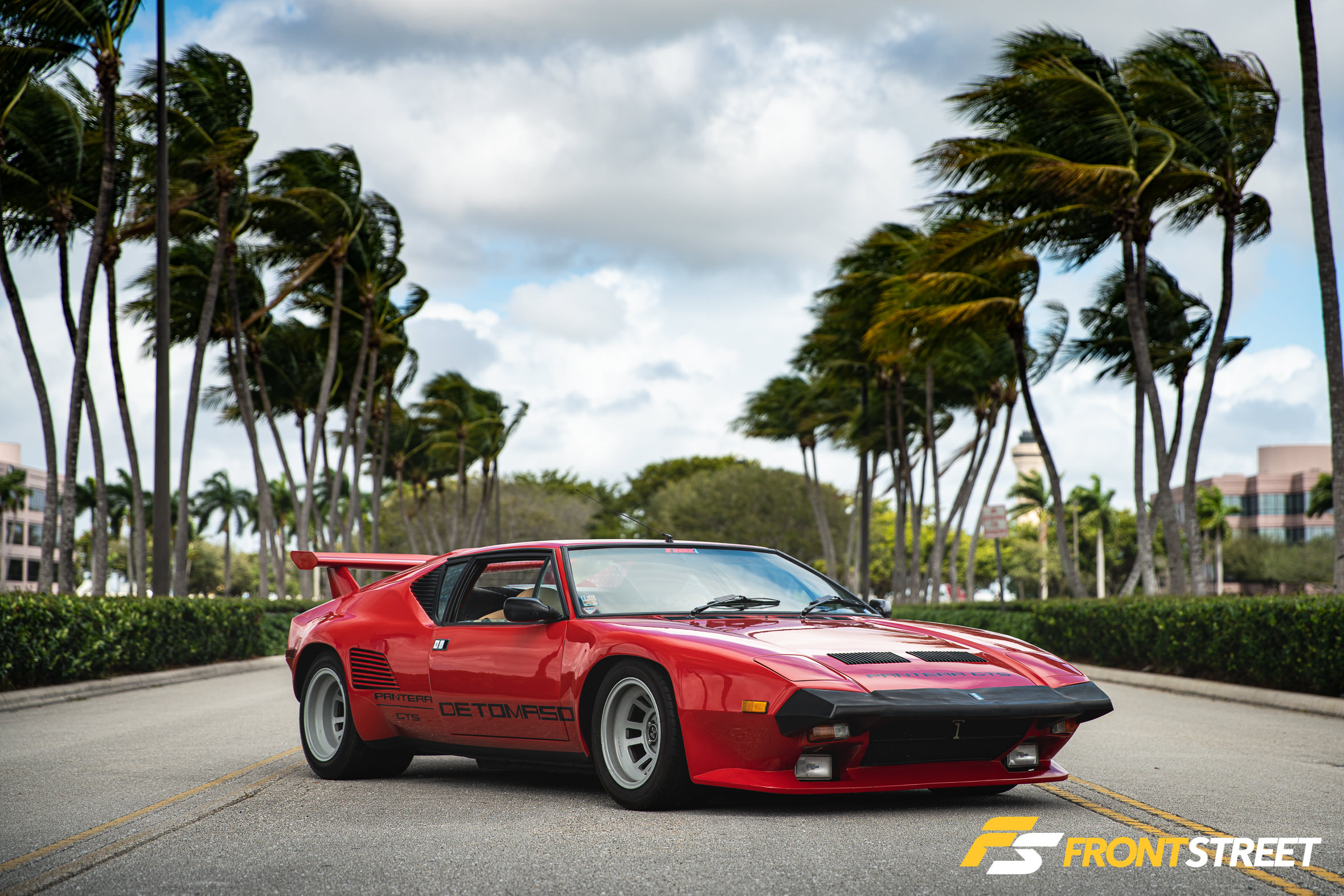
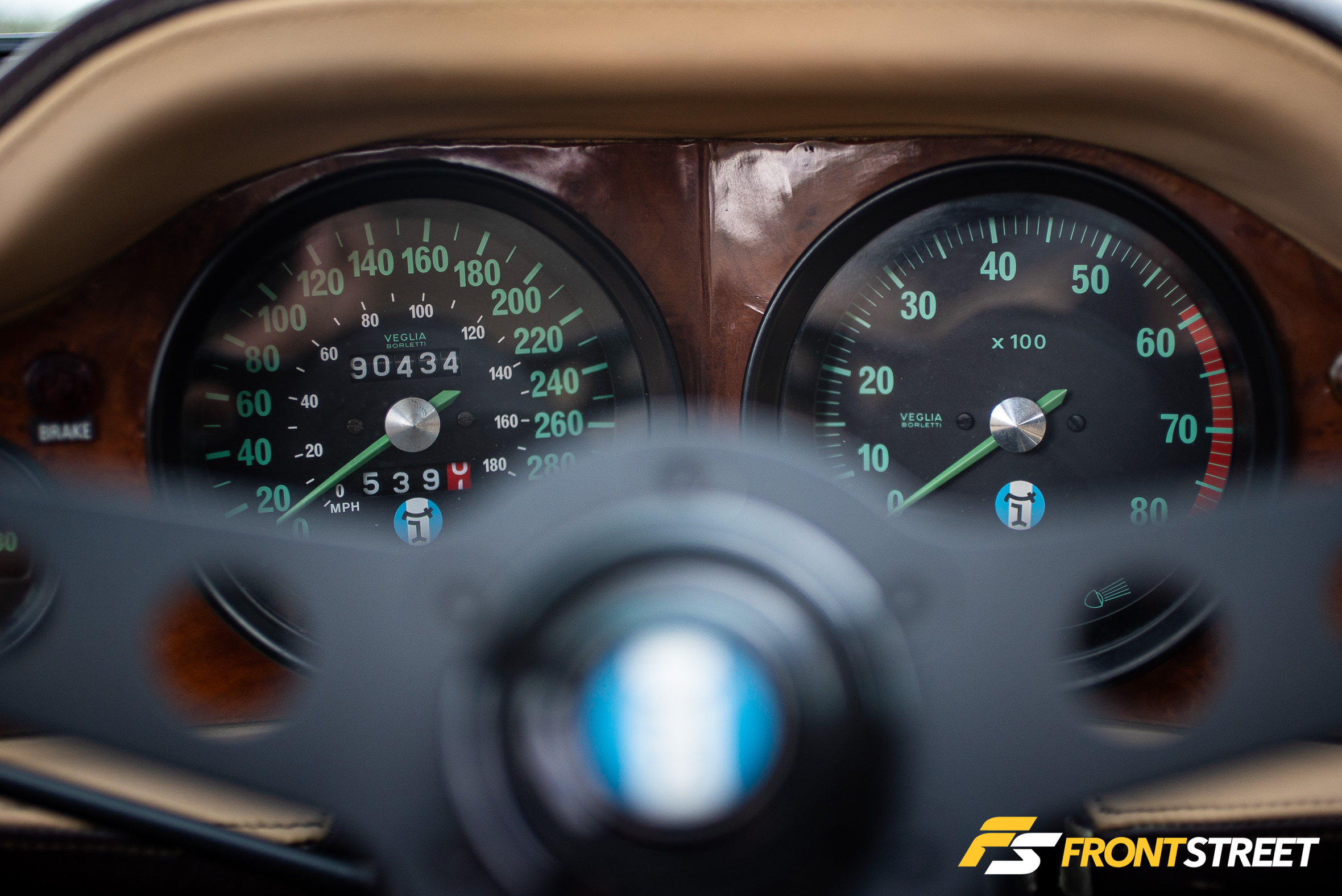
Draped in illustrious Rosso Fuoco (Fire Red) paint, the extended body of this GT5-S is even more commanding. For features like the steel arches to remain so straight after so many years is no small feat. I also like how its design cues resemble other Italian sports cars, including the rear wing.
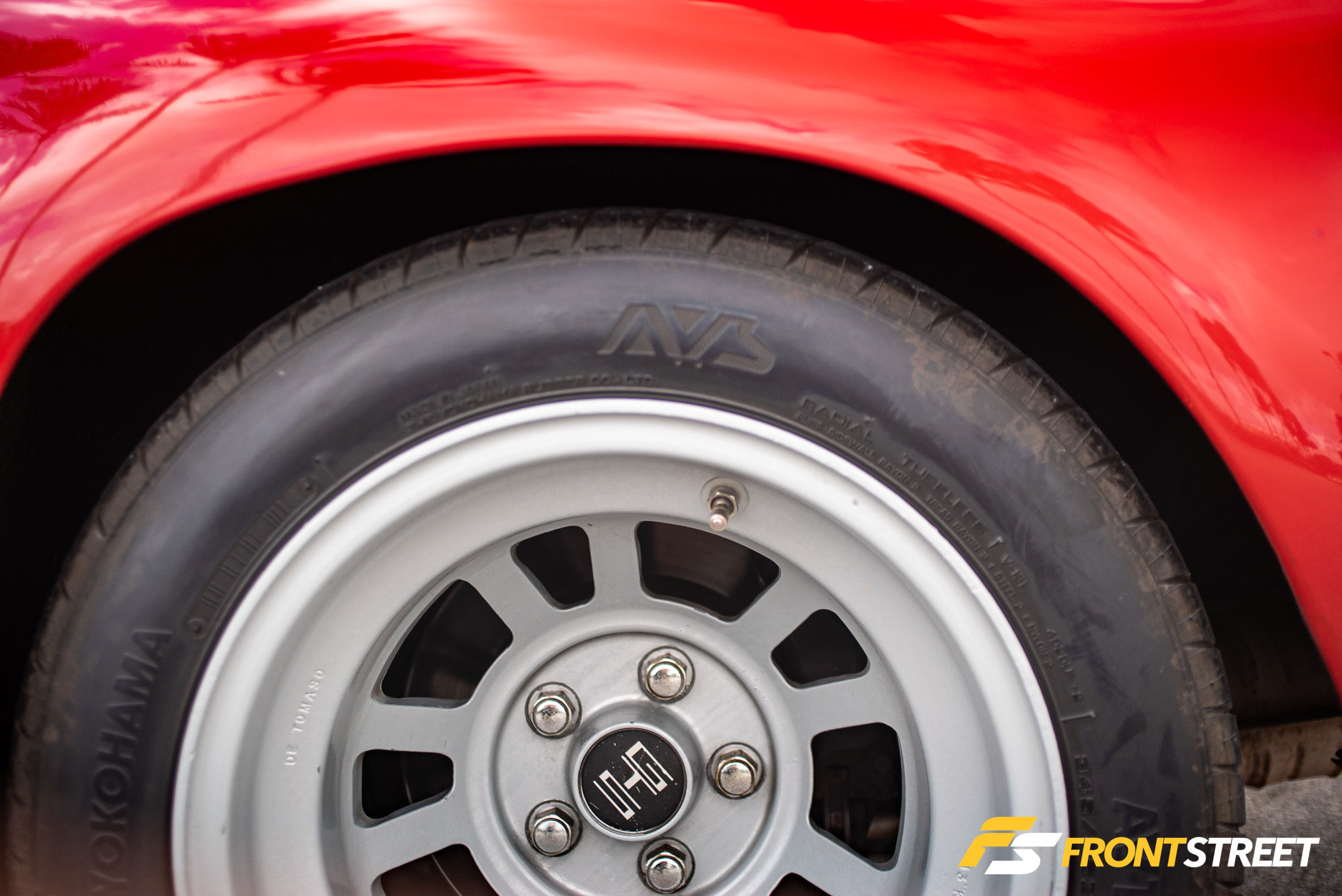
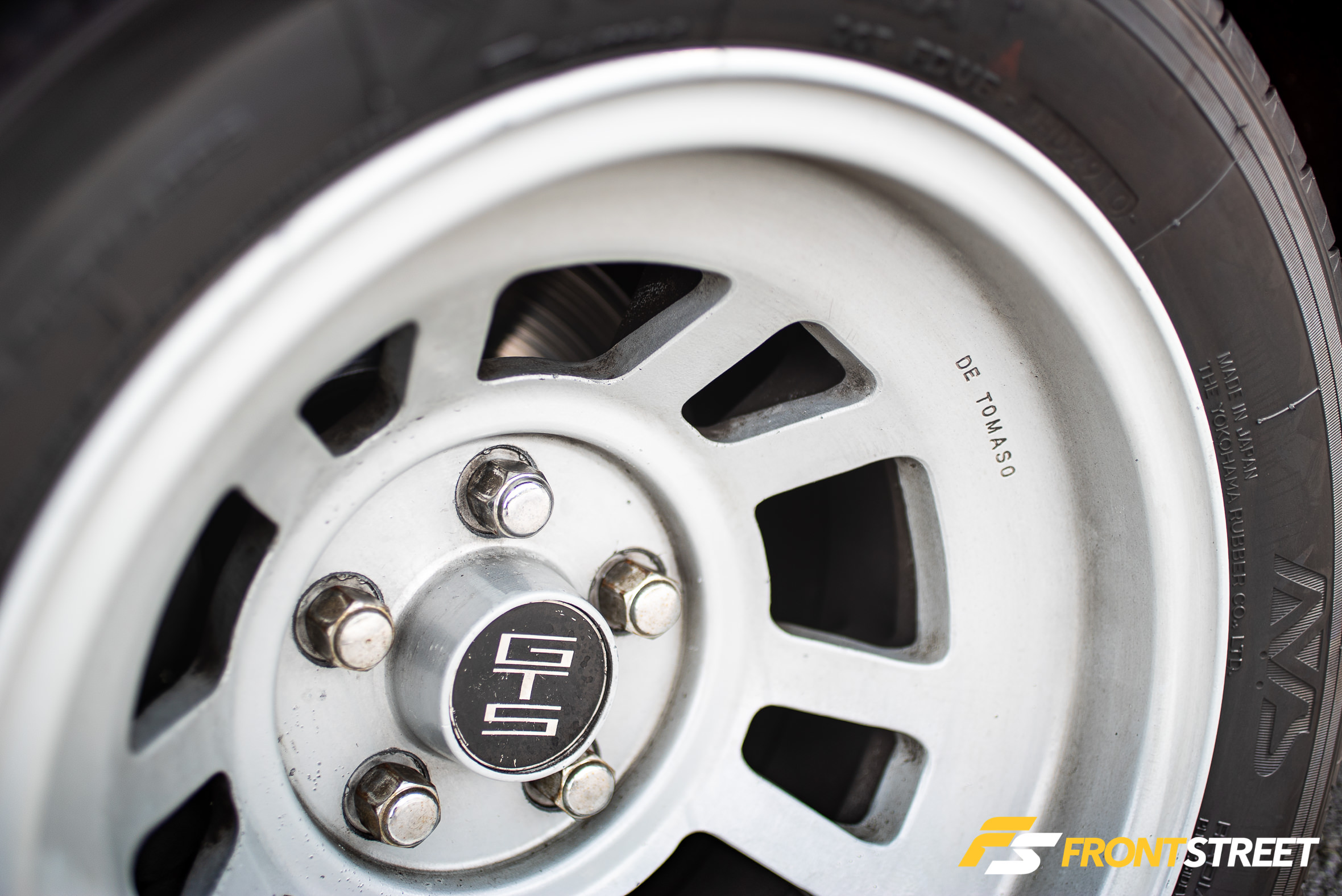
The Campagnolo wheels measure 15×10-inch in the front. While astounding 15×13-inch full-bodied rollers strapped with massive 345 tires populate the rear. These wheels are developed from magnesium for maximum weight reduction and some bonus race car points. Their superb condition matches the rest of the car and finishes off a spotless example.
What does the future hold for this fine specimen? It has since sold from the RMC lot and is currently residing with its happy new owner in Canada. It was a smart purchase, and we hope its new owner enjoys it as much as we do.
Photography by Drew Manley
https://www.instagram.com/rmcmiami/
https://www.instagram.com/cooled.collective/
https://www.instagram.com/frontstreetmedia/

